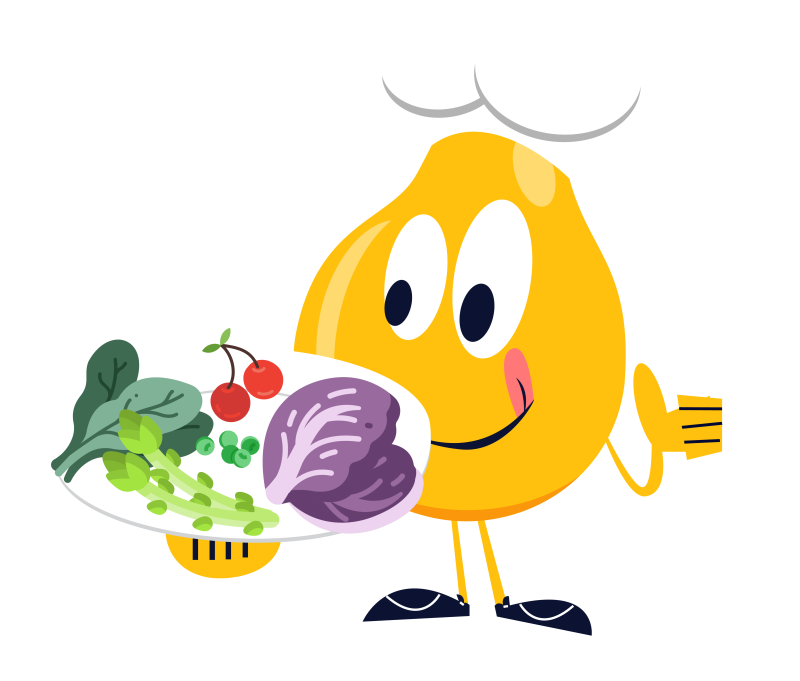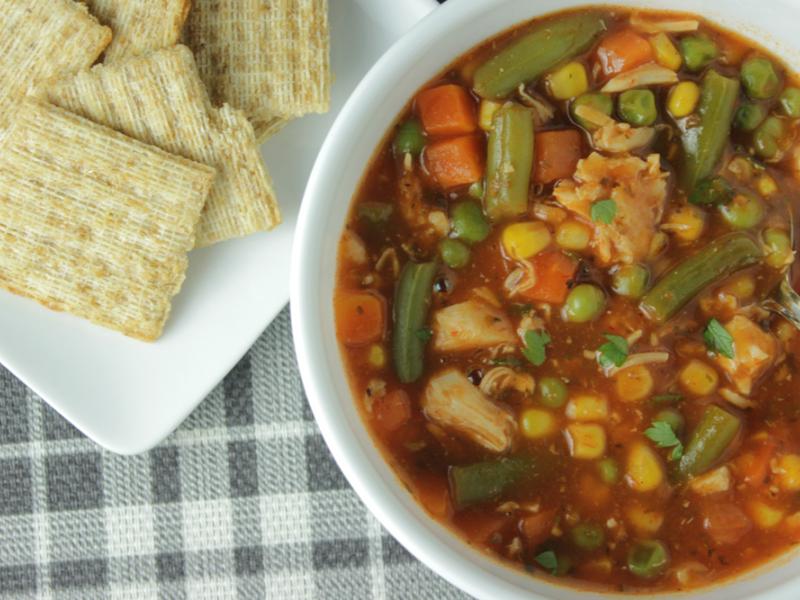
You may find that it’s hard to eat the recommended amount of vegetables, and you’re not alone! Even if veggies aren’t your favorite part of meals or snacks, there are many ways to include them throughout your day.
- Toss some spinach into any smoothie. You’ll see the green color, but it won’t change the flavor of your drink.
- Saute veggies before adding them to sauces, soups, scrambled eggs and casseroles. By cooking them slightly in a little oil and spices first, it can change the flavor and texture in the final dish.
- Experiment with riced veggies and veggie noodles. There’s no need to replace your rice or noodles with vegetables that look like them, but trying vegetables in different ways may help you find a version that you like better. For example, maybe raw baby carrots aren’t your favorite, but you really like them when they are spiraled and cooked in a stir fry. Or, maybe you don’t like the texture of cauliflower, but you don’t mind it when it is riced or included in part of a cauliflower pizza crust. It’s great to have additional ways to prepare vegetables beyond just raw or cooked. Remember, though, rice and noodles are not “bad foods” that need to be replaced with vegetables.

Types of Vegetables
Quick Tip: If you are limiting your salt intake, look for low sodium canned vegetables. You could also drain and rinse the canned vegetables to remove some of the sodium before cooking.

Portion Size
In general, 1 cup of raw or cooked vegetables or vegetable juice, or 2 cups of raw leafy salad greens can be considered as 1 cup.

How many servings do you need?
Most adults need to consume between 2-4 cups of vegetables per day.
Everyone needs a different amount of vegetables. This is based on age, sex, height, weight, and amount of physical activity. Vegetable needs can also depend on whether a person is pregnant or breastfeeding. Find the right amount for you by getting your MyPlate Plan.
- Eating more vegetables can help decrease your overall calorie intake and the fiber content can help you feel fuller for longer.
- Including a variety of vegetables as part of a healthy diet provide nutrients such as potassium, which may reduce the risk of heart disease. Other nutrients found in vegetables, such as vitamins C and A may protect against certain types of cancer.
- Most are low in fat and calories, but watch for additions like sauces that may change the calorie, fat and sugar content.




